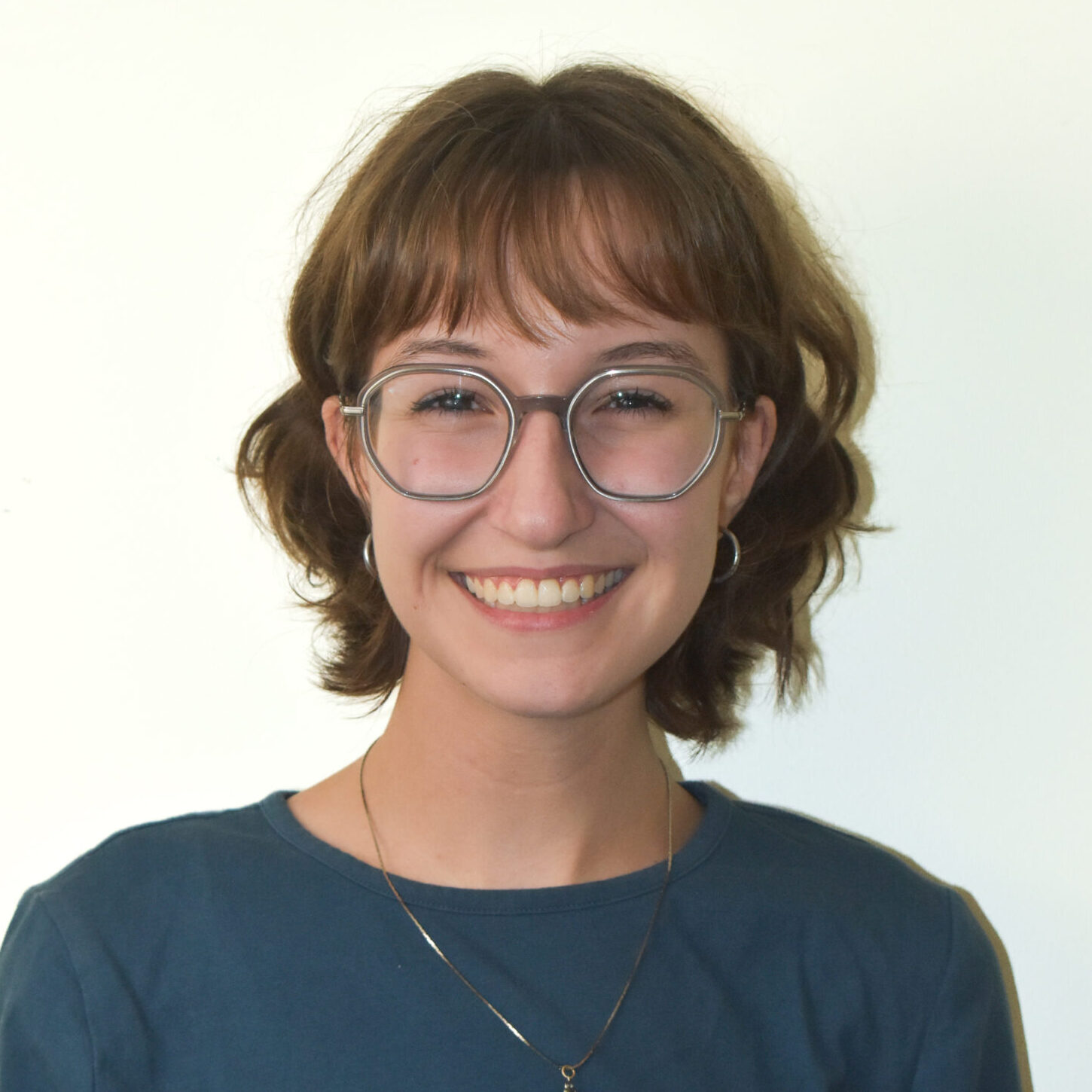Hal Shipman’s photography memorializes the otherwise untold story of his great-uncle Bill Gavin.
‘A tribute to the ghost of a man I never met’: Hal Shipman’s ‘Forbidden Love at the Desert’s Edge’
Content warning: homophobia, alcohol abuse
In the corner, a portrait of a young man, superimposed atop a map of Abilene, Texas, quietly surveys the room. It’s the only photo Hal Shipman has of his great-uncle Bill Gavin.
Beside Gavin hangs other photographs and maps of Abilene. Flowering vines snake across each image, growing in length until their tendrils choke out the blank space.
Originally created as a class project at the School of the Art Institute of Chicago, “Forbidden Love at the Desert’s Edge” is Shipman’s homage to Gavin — a closeted gay man who lived his entire life in Abilene and died at age 59 from alcoholism, just a few months after Shipman was born.
“One of my professors, when I was starting the map project, said that I’m creating a ghost,” Shipman said. “I love that idea. I’m resurrecting him in a way.”
As a gay man, Shipman also said he became aware of the parallels between his and Gavin’s lives while creating this project.
“If I had just been born a little bit sooner, that absolutely could have been me,” Shipman said.
The project’s title comes from Abilene’s physical location, straddling the line between rich, fertile soil and harsh Texas desert.
Hosted by Gerber/Hart Queer Library & Archives — a non-profit repository of queer history located at 6500 N. Clark St., approximately 0.7 miles from Lake Shore Campus — the photo exhibition celebrated its unveiling Feb. 8.
On the other side of the doorway from the maps, a collage of newspaper pages is pasted on the wall, next to a television set which displays looping photos of Abilene.
Opposite the three installations, on the far wall, are stills from Shipman’s recreation of the story “Smilin’ Through,” aptly titled “Smilin’ Through (2024).” Originally a 1919 gothic romance play, the plot was adapted into three movies throughout the 20th century, according to Shipman.
Now, in Shipman’s art, the story has been recast as a gay romance. Organized like a silent movie, pieces of text float between photos to spin a narrative of grief, fury and love between two gay couples.
The exhibit also included a collection of archival materials organized by Gerber/Hart. The selection incorporated pieces about lost archives, family secrets and unrequited love, according to Gerber/Hart’s Community Outreach & Strategic Partnerships Manager Jennifer Dentel.

Shipman said his entire understanding of Gavin is built on selections from Abilene’s two daily newspapers and offhand remarks by family members. In order to create his television piece, where text narrates how Gavin’s life might have played out over photographs of Abilene, Shipman said he needed to bridge missing details with fiction.
Across the installment of photographs and maps of Abilene, blurbs describing Gavin’s life are scrawled in short paragraphs.
“My grandmother, Bill’s sister, said to me that Bill told their other sister, Virginia, that he was ‘a homo,’ but he never told her,” reads one map. “Virginia only told her after Bill died. She seemed to resent that. She once said about me, while I was right in front of her, ‘I don’t think Hal much likes girls.’ She was seething with anger as she said it. I could see why Bill didn’t tell her.”
The vines engulfing the images were inspired by Shipman’s step-mother, who remembered an address book in which Gavin painted the foliage for his sister, Mercedes, according to the piece’s placard. The greenery eventually grows into a cage, cutting off all the exit routes out of Abilene.
“I couldn’t escape that image of the flowers — the vines,” Shipman said. “Seeing those as a metaphor for the entrapment that essentially kept Bill there until the day he died.”
While in Abilene, Shipman said he also visited Gavin’s grave site and left flowers.
“I am pretty sure that I’m the only one who has left flowers for him,” Shipman said. “Certainly in the last 40 years, if my grandmother ever did, but I kind of doubt it. So, possibly, I’m the only one ever — the only one remembering this gay man.”
Dentel said Shipman’s dedication to memorializing Gavin’s otherwise untold story fits into the archive’s message of preserving queer history.
“With queer people in particular, there’s this history of our materials being destroyed or hidden,” Dentel said. “So anything we can do to counter that narrative, to show that we’ve always been here, I think is the purpose for Gerber/Hart. Having that proof of our history in the archive, and then also questioning it when we are missing in mainstream institutions — I think that’s kind of how Hal’s work and our collections fit together.”

The exhibition’s movie stills, “Smilin’ Through (2024),” are an offering to Bill, according to the installation’s placard. Through the newspapers, Shipman said he discovered Gavin starred in a Abilene Little Theater production of the play, sparking the idea for the project.
“What if I do an entire movie?” Shipman said. “And what if I do it as a gay love story? The one that Bill couldn’t be in because it was 1930 in Abilene. What if I do this as a tribute to the ghost of a man I never met?”
Shipman said “Smilin’ Through (2024)” provided him with the most challenges, as he was forced to tackle film as a photographer. From props to scene staging, the project had its fair share of difficulties.
In one scene of the installation, a character wields a gun. However, in Illinois, it’s a misdemeanor to purchase a replica firearm. Shipman said he instead had to purchase a cheap, plastic gun that looked like the real thing from a distance.
Shipman transformed from a photographer to a director while creating the installation, as he said he needed to shoot active scenes in order to achieve dynamic photos.
“I realized very quickly that doing these as essentially tableaus was not working,” Shipman said. “Within two clicks of the camera, I was like, ‘They’re looking stiff and awkward. We’re going to have to act the scenes.’”
“Smilin’ Through (2024)” also included references to gay men’s sexual expression. One scene in particular was shot at the “Magic Hedge” — a site at the Montrose Beach Bird Sanctuary known as the most infamous cruising ground in Chicago, according to Shipman.
At the end of the day, Shipman said his work being founded in archival materials is important, as it builds a voice otherwise silenced by the sands of time.
“Making art from archives, there’s a pushback against the erasure of queer stories — of our stories,” Shipman said. “It’s putting us into the artistic conversation explicitly.”
Gerber/Hart Library & Archives is free to the public on Wednesday and Thursday from 6 p.m. to 9 p.m., Friday from 12 p.m. to 4 p.m. and Saturday from 10 a.m. to 4 p.m.
-

Catherine Meyer is a third-year student majoring in history. She works as the Managing Editor and Horoscope Editor for The Phoenix. She enjoys writing humorous essays and feature articles about the people of Rogers Park. A proud Michigander, Meyer likes petting stray cats and swimming in Lake Michigan — no matter the temperature.
View all posts
Topics
Get the Loyola Phoenix newsletter straight to your inbox!


